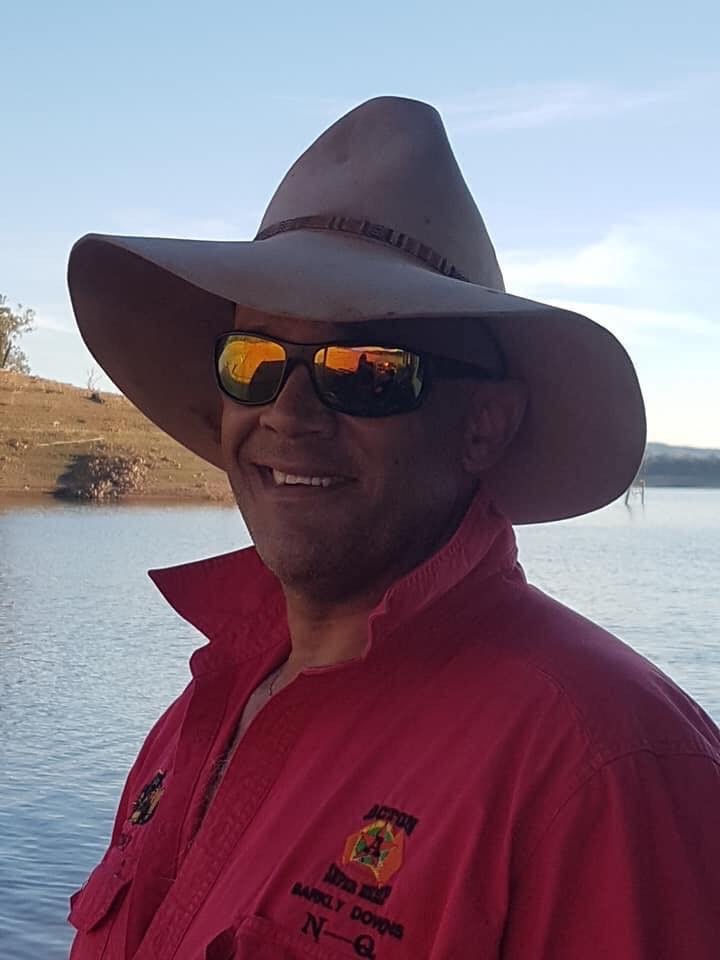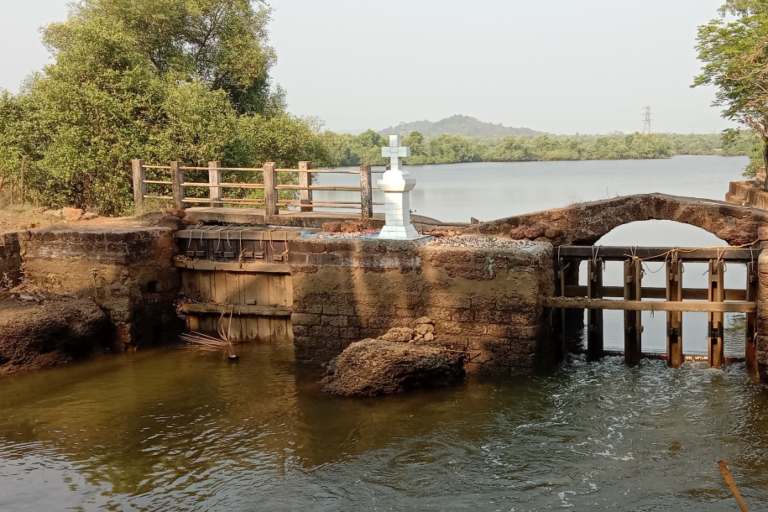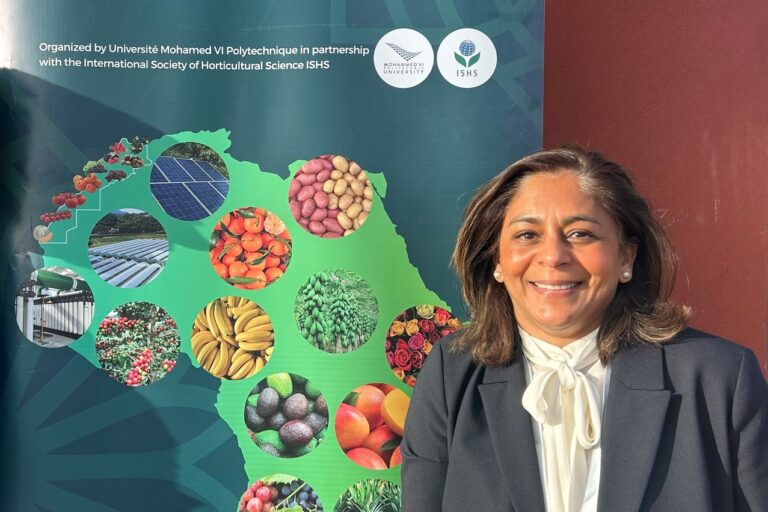By Neena Bhandari
Sydney, 10.01.2022 (Hireup): Aboriginal people, especially those living in regional towns, face additional barriers in accessing disability supports and services that suit their needs. Wayne Wright, of Kamilaroi and Wiradjuri descent, shares his experience of living in Orange (NSW) with mitochondrial autosomal dominant optic atrophy (DOA), an inherited optic neuropathy, that has rendered him legally blind and also impacted his hearing and nervous system.
The disease, which he inherited from the maternal side of his family, began to have an impact on his daily life around the age of 16. Determined, he pursued his father’s occupation and drove heavy machinery in the Top End for nearly two decades until his condition began to worsen.
“At 39, my driving license was revoked. I was compelled to choose a different career so I enrolled in a community service course at TAFE. It has opened a rewarding career pathway, but because I only have 20/13 vision and can’t hear properly, I cop a lot of abuse in the community on a daily basis. This has been emotionally draining and detrimental to my mental health”, says Wright.
He has been booked for jaywalking because he is unable to see the colours of a traffic light. He has been hit by a car because he doesn’t have peripheral vision and couldn’t hear it approaching. “Even pouring a glass of water is difficult because I lack depth perception, which is the visual ability to perceive the world in three dimensions and the distance of an object. If I had the right supports, these accidents could have been prevented,” he adds.
It was one of Wright’s service providers, Vision Australia, in Orange that referred him for the NDIS eligibility. “I was fortunate because in larger regional towns, such as Orange, Bathurst or Dubbo, Aboriginal people know about the NDIS. But a two-hour drive from any of these towns, for example in Brewarrina with a population of about 1600, nobody has heard of the NDIS and so they can’t avail of its benefits,” says Wright.
He feels the NDIS is not really catering to the needs of the people for whom it was created. “Time and again, my funding requests for assistive technologies, such as customised software for the computer, ZoomText keyboard, a cam reader and special hearing aids, have been rejected. Even funding for support workers has been declined on the grounds that it is not ‘reasonable and necessary’.”
Wright has had Local Area Coordinators (LACs) tell him that he is not blind because he doesn’t even have a guide dog. He says, “I have found LACs make a judgement on my disability even before we have exchanged a word. We, Aboriginal people, need to feel comfortable to talk to a LAC and know that the person making life-changing decisions on our behalf is genuinely listening and not making the decision based on their own perceptions.”
“In the past five years, I have not had a single thing included in the plan that is based on my needs. We are at the mercy of what the LAC puts in our plan. Sometimes, it just comes down to the LAC’s knowledge, qualification and understanding of disability,” he adds.
In his current NDIA-managed plan, Wright says, “I have extra funding for a support worker, but I can’t spend it because it’s allocated under an incorrect heading. It is frustrating as there is no easy way to rectify it. I can appeal during the six-monthly plan review, but by then I would have lost the funding for half of the plan period.”
“It’s very depressing not to have these fundamental supports essential for me to live, work and participate in the community. I have appealed several times all the way up to the Royal Commission with no luck. I am always told that more evidence is needed around my disability,” he adds.
Mitochondrial disease is a debilitating long-term chronic, genetic disorder that robs the body’s cells of energy, causing multiple organs to dysfunction or fail. One in 200 people or more than 120,000 Australians may carry the genetic changes that put them at risk of developing mitochondrial disease, and one Australian child born each week will develop a severe or life-threatening form of the disease, according to a spokesperson for Mito Foundation.
© Copyright Neena Bhandari. All rights reserved. Republication, copying or using information from neenabhandari.com content is expressly prohibited without the permission of the writer and the media outlet syndicating or publishing the article.



